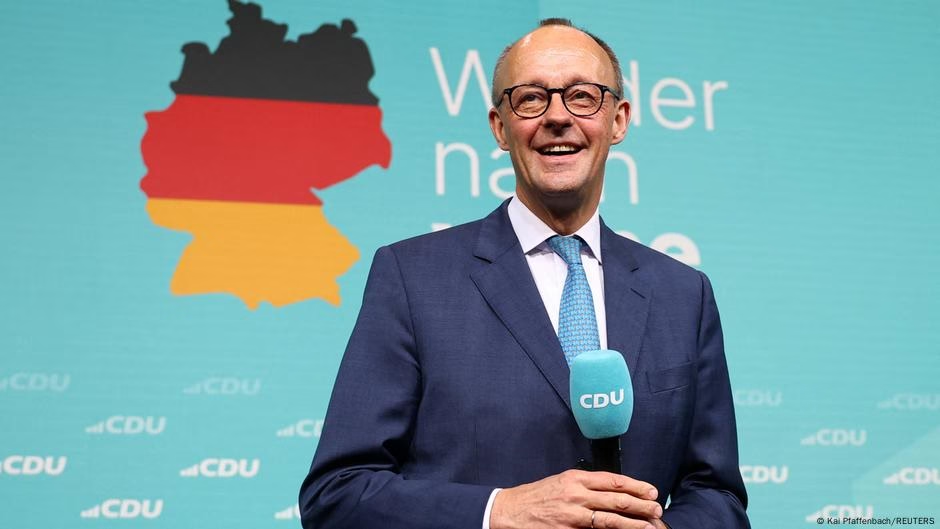On February 23, Germans participated in an unexpected federal election with a record-breaking voter turnout of 83.5%, the highest since 1990. This election was a consequence of the collapse of the three-way coalition government comprising the Social Democrats (SPD), the Greens, and the liberal Free Democratic Party (FDP), which took place in late 2024.
Election Results Overview
- According to preliminary projections, the conservative Christian Democratic Union (CDU), led by Chancellor candidate Friedrich Merz, in conjunction with its sister party Christian Social Union (CSU), secured the highest number of votes. This was closely followed by the right-wing populist Alternative for Germany (AfD).
- The far-right AfD emerged as the biggest winner in terms of vote shares, while the SPD, under Chancellor Olaf Scholz, faced a significant decline in votes relative to previous elections.
- The Bundestag, Germany’s federal parliament, consists of 630 seats. A party’s seat allocation is determined by their share of votes, with a minimum threshold of 5% required for parliamentary representation.
Coalition Dynamics
The CDU/CSU, despite leading the vote share, lacks the necessary majority to govern independently. Consequently, they must form a coalition with another party or parties to reach the required 316 seats for a majority in the Bundestag. Different coalition combinations based on vote shares will determine the makeup of the next German government.
- Editor’s Note: Michael Cavanagh
Source: https://www.dw.com/en/german-election-results-in-charts/a-71724186?maca=en-rss-en-all-1573-rdf








